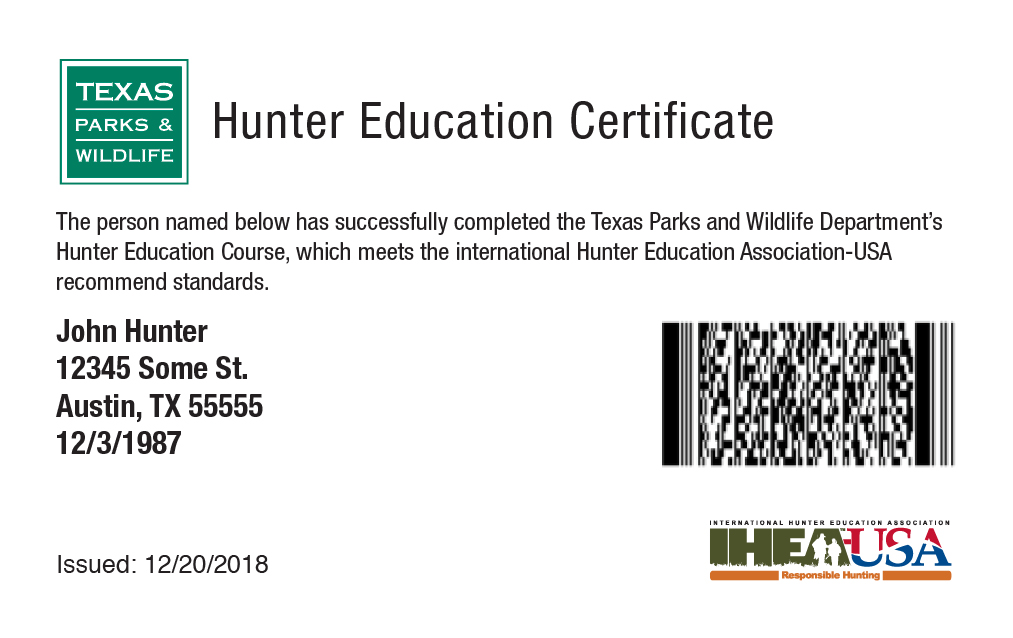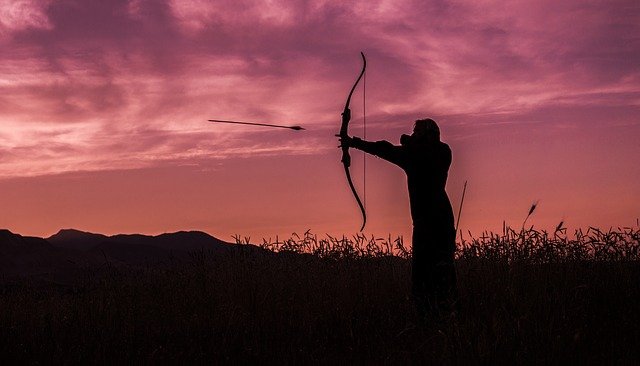
Predation refers to a form of ecological interaction that involves energy exchange and adaptation. Predation has two levels. It can either be the act that another living organism is consumed or it can be deferred to. Carnivorous interactions are the best-known examples of predation. Predation may occur alone or in a group. Adaptation is the key component of predation. Predation may be considered a form cultural behavior, which involves group dynamics.
Predation can be described as an ecological interaction.
Predation is the act of killing another animal to obtain food. It is a form of carnivory and involves two species of animals: the predator and its prey. Predators kill their prey in order to gain energy and reproduce. Predators and their prey are closely interrelated and play an important role in maintaining balance in ecosystems. The lion and the zebra, bear and fish, fox, rabbit, and zebra are all examples of predator-prey relationships.
It can be found at two levels
The effects of predation on an ecosystem depend on its location along the compensatory-additive continuum. It can stabilize or destabilize an ecosystem. However, the implications are not the same at the population and community levels. In order to understand the impact on the ecosystem as a whole, it is important that we understand both types and how they interact. Both levels of predation are important for the biodiversity of our planet.

It involves energy transport
Predation is an ecological process that involves one living organism relying on the activities and existence of another. This provides energy for the organism which allows it reproduce. Predation involves energy transfers, so it is crucial that we understand how it works within the ecosystem. Both predators and herbivores eat the primary producers of the ecosystem. Predation has an important ecological effect on ecosystem functioning. It shapes species niches as well as camouflage and morphology. Through evolutionary processes, predation also shapes community structure as well as species biodiversity.
It requires adaptation
Predation includes adaptation in both prey and predator. Predators look for and catch prey that is specific to their hunt, while prey must adapt the predator's hunting style. Both predators and prey have different ways of identifying prey species and improving their foraging skills. Honeybees and prairie dog coevolution are the most prominent examples. Prairie dogs use vibrations to alert each other to danger.
It affects organisms on two levels
Predation is a problem that affects organisms at two different levels (or trophic level) of the food web. The first level of trophic is autotrophs. They produce food in the form other organisms such as plants or animals. They move up the food chain, becoming primary and secondary consumers. Predators can turn into prey in a reciprocal cycle. Apex predators are top-level animals that have no prey. Apex predators play a critical role in ecosystem diversity. So, reducing the number of apex species will negatively impact other organisms.
It involves a variety of organisms
Predation is when an organism feeds upon another. There are many kinds of predation. In some cases predation is advantageous to both the predator and victim. Humans eat other people's seeds and eggs, but humans also eat them. Predatory animals eat other animals as well, apart from humans.

It happens naturally
Predation is an act of nature to satisfy the needs and balance out the environment. Predators hunt for prey, assess the prey, and kill it. Many predators seek out prey of a particular size and type. Mantid insects, on the other hand, prefer smaller prey. Wolfs, for example, will hunt prey that is less than a meter in size. Some predators may hunt alone while others wait for their prey.
Some examples
Different predators may use different methods of catching prey. These methods include ambush and ballistic interception, as well as pursuit. Some predators may be cautious and slow, while others might use parallel navigation to track prey. Others must wait for their prey to move before catching it. African dogs are an example of slow-moving pursuit. The animal has been able to avoid its prey by changing its color and body shape.
FAQ
Can I bring my dog?
Most states ban dogs from being hunted alongside humans. Some states allow this practice, however. You can check with your state's Department of Natural Resources to see if this practice is allowed in your region.
Some hunters also bring their pets along. Some people believe that having their pet with them helps them relax while hunting. Others say that having a companion makes them less likely to get lost.
However, pets can be a problem. Dogs tend to chase animals away from the hunter. Also, wild animals may attack the pet.
Which state has the most deer hunters?
Wyoming is home to the largest number of deer hunters in the country. It also sells the largest number of hunting licences each year.
South Dakota has the second most deer hunters. It ranks third for the number of hunting licenses sold each year.
New Hampshire is home to the most deer hunters. It ranks last for the number of hunting permits per capita.
How much does it cost for you to hunt?
Prices for hunting trips vary depending on where they are taken, the species and size of the animals being hunted.
Generally speaking, the average price for a two-person hunting party ranges between $500-$1,000 per person. This includes lodging, food and gas.
Certain areas may have higher prices than other. Expect to pay more if hunting during peak seasons like the fall turkey season.
What training is necessary to become a hunter How long does it take?
To learn how to hunt, you must attend a basic course. This course teaches about different game species and provides information about hunting laws.
This course will teach you how to safely handle guns and ammunition. These instructions will help you safely use them.
This course can take anywhere from two to three weeks. Some courses can be taken online. Some courses are offered online. Others can be taken in person.
You must pass a written exam to be eligible for a license. You might also need to prove that you have successfully completed a hunter education program.
How much does it cost for me to become licensed? What happens if I don’t have enough money to pay for licensing?
Costs for getting licensed vary depending on which state you are in. The cost of licensing can range from $20 to more than $100.
You may be able apply for a loan or grant if money is tight.
In addition to the fee, you will need to purchase a tag. The price of tags varies depending on the game you are hunting.
There are tags available for bear, elk and moose as well as waterfowl, upland birds and furbearers, such as foxes.
You may need to register with the Department of Natural Resources in some states before you can get a license.
Check local regulations before you go hunting.
What is the most important aspect of hunting animals
How do we get there We start by learning how to shoot accurately. Then, it is important to know how to hit the target. And finally, we must learn how to make adjustments when we miss.
The most important part of hunting is knowing what you're doing. You will never be able to improve if your knowledge is not up-to-date. You might think you've improved because you've gotten better shots, but if you didn't know what you were doing before, those shots won't mean anything. The same applies to hitting targets. It's impossible to understand why you're not hitting your targets. You need to understand what you want.
This is where knowledge comes in. Your ability to hunt depends on your understanding of the animal you're trying to kill. While out in the natural world, it is important that you learn everything you can about any animal you encounter. It's important to learn about their habits, personalities, and behaviors. So you can plan your hunts smoothly and efficiently.
It is important to always learn from other people who have achieved success in the past. This topic is covered in many books. In addition, there are websites like www.thehuntingzone.com that offer great tips and advice. There are also people with years of experience. They can help you identify what works and what doesn't work.
Once you have learned everything, it is time for practice. Practice makes perfect. It's not enough to practice until you feel confident. Instead, you should practice until you become confident. Confidence allows you to relax and enjoy the process. Relaxation helps you concentrate on the task at hand. Concentration is key to maximizing every opportunity. You can only be relaxed and focused when there are opportunities.
Once you are ready to put your new skills into practice, it is time to test them. Don't fret if you fail. Keep practicing and improving. You'll eventually succeed.
What types are allowed to be used in firearms?
Hunting can be done with a variety of different weapons.
Hunters typically use rifles, shotguns, handguns, and muzzle-loading firearms.
Rifles can be used to fire long-range bullets. Most shotguns come with pellets. Handguns are made to fire bullets through your hand. Muzzle-loading firearms are similar to modern-day pistols.
Crossbows allow you to shoot arrows. Bowhunters are also known for their archery weapons.
Hunting with a crossbow requires special training. First, you must learn how to aim and shoot the weapon correctly.
How much does it take to become a hunter
Hunting costs can vary depending upon where you live.
In some areas, you may only need to pay a small membership fee to access public lands.
Some states require permits or licenses before you may hunt.
The price of hunting varies based on the type of firearm you use. A rifle usually costs more than a shotgun.
A license costs between $10 and $50. You may need additional tags depending on how many days you hunt.
Certain species require a permit to hunt. The size of the animal that you want to hunt will determine how much money you have to spend.
Hunting wild turkeys requires a tag that costs up to $150.
Statistics
- According to the Wildlife Restoration Act, passed in 1937, most of the state conservation efforts are funded through hunting and fishing license sales and firearms sales. (stacker.com)
- - Percent of residents with paid hunting licenses: 0.7%- (stacker.com)
- Thanks to the 1937 Pittman-Robertson Act, an 11% excise tax was placed on the sale of firearms, which were then used for conservation. (stacker.com)
- Indiana, for example, saw a 28% jump in turkey license sales during the first week of the season. (stacker.com)
External Links
How To
How to hunt wild turkeys
Wild Turkeys are birds that can be found in North America. They are found in Texas, Oklahoma and New Mexico. Wild Turkeys eat grasses, seeds, and insects. In certain regions, wild turkeys eat berries or acorns as well as fruit from trees. Their diet keeps them healthy and strong. Clothing and hats are made from wild turkey feathers. Their breast meat is used to make a delicious meal.
These are some safety tips for hunting wild turkeys. Wear long pants with closed-toe shoes. Avoid wearing perfume or cologne, as it attracts prey. If you see a predator, do not run away. Instead, move slowly towards your vehicle. Be calm and composed as you approach a bird. It may take several attempts to get close enough to the bird to allow you to capture it. You should use 00 buckshot to shoot wild turkeys. Shoot only one shot at a wild turkey.
If your gun jams try again later. Avoid being hit by flying pellets and duck behind a car or tree. Lucky enough, a hunter may come and clean up after you.